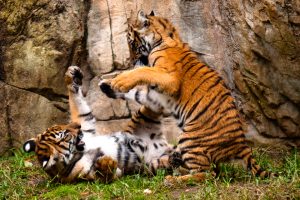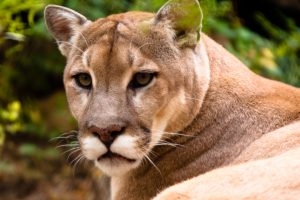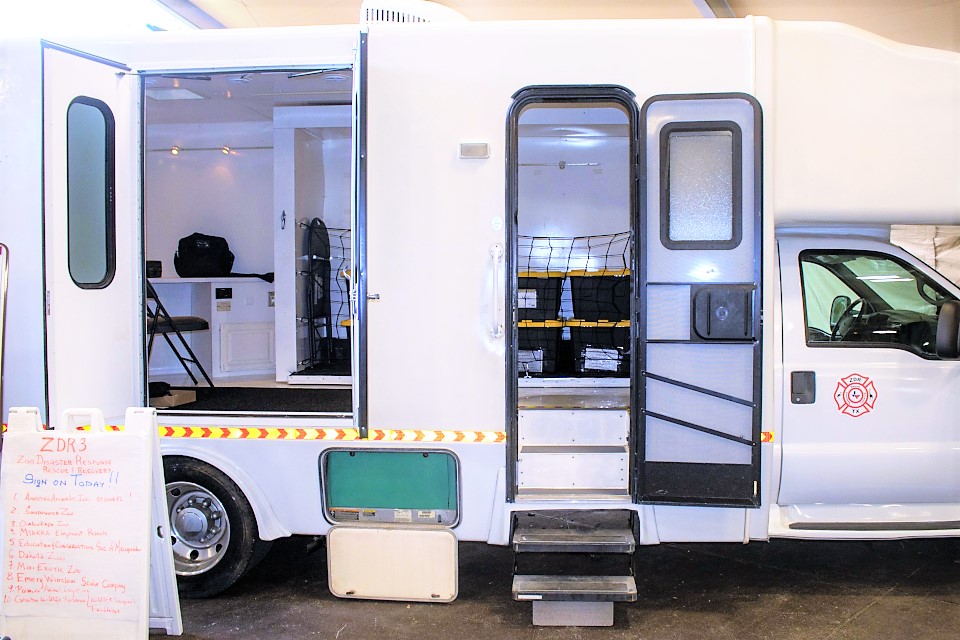Exclusively for zoos.media – 02.05.2022. Author: Philipp J. Kroiss
What happens when a disaster hit a zoological institution? ZDR3 is USA’s largest zoological response organization and provides support & help for zoos in need.
ZDR3: USA’s largest zoological response organization
Sometimes life can be disastrous and in these difficult times, it’s good to have some experts on your side that help you through all the trouble. The same is true for zoos. “The 2017 Atlantic hurricane season in the U.S. was devastating to some zoological facilities in Texas and Louisiana. Those who assisted the impacted zoos realize we needed a more formalized system to foster needed peer-to-peer support,” says Mandy Matson, Communications Volunteer for Zoological Disaster Response, Rescue, and Recovery (ZDR3). The team of experts also provides information and updates on their website and Facebook page.
How it all started

ZDR3 was originally formed in 2019 as a Texas-based network by the Fort Worth Zoo, Frank Buck Zoo, and Animal World and Snake Farm Zoo. Their goal was to implement an industry-led response network to assist zoological institutions hit by major Atlantic storms. The organization soon became very busy: in 2020 – a record-setting Atlantic hurricane season – 37 ZDR3 network responders from eight participating facilities deployed to provide aid to three impacted zoos in Alabama and Louisiana.
As word about their work spread, an increasing number of zoos, aquariums, and other animal facilities wanted to join the network. Today, ZDR3—a coalition with a very small staff—is the largest zoological disaster response organization in the United States. “It is important to differentiate what we do from the efforts of other animal-oriented efforts,” says Matson. “Although there are many excellent nonprofit and governmental disaster response organizations for domestic and farm animals, they are often not equipped to manage the unique needs of exotic collections.” This was reinforced when, again in 2021, the ZDR3 network was activated in response to multiple storm events, which included the mobilization of member facilities in several states. ZDR3 Command deployed an Onscene Liaison twice to provide support to zoos facing impending flooding.
In order to participate, interested organizations must sign a Memorandum of Understanding (MoU). There are currently nearly 100 MOU holders in 25 states, with more expected to join this year. “Our industry is very interconnected,” Matson explains. “After facilities sign up and talk to their peers about ZDR3, we receive more requests.”
Open to interested institutions
The ZDR3 network includes a diverse group of zoos, aquariums, sanctuaries, wildlife ranches, and other organizations that share a goal of taking care of one another in the face of threats to animals, staff, and structures.
“Our industry participants care deeply for the animals they are responsible for. During and after an adverse event, it is typical to see people sacrificing their welfare to ensure their animals are cared for,” explains ZDR3’s Director, Julia Wagner. “By bringing in outside support to these impacted facilities, we are able to lessen the adverse impact to the personnel, which is critical for the recovery process of an institution and its individuals. Recovery can take weeks, months, or even years, and it is important that personnel are able to pace themselves through that long and exhausting journey. Where possible, ZDR3 participates not just in the response phase of an event, but also offers resources for longer term recovery. As the network grows, this capacity will be enhanced.”
Sieh dir diesen Beitrag auf Instagram an
A lot of work to do
ZDR3 is unique because of its Response Network’s experience with managing exotic animals, particularly under adverse conditions. ZDR3 builds and coordinates effective responses to natural and man-made hazards which requires specialized resources for incident planning and disaster mitigation. It requires a lot of work and specialized skills – especially when the incident is really big.
“Part of what we do is a hearts and minds exercise,” explains Wagner. “Knowing that help is out there and staged matters, especially when an institution is staring down a major storm or other events. And when your site has just been devastated, it can be incredibly overwhelming – and there is a natural (and valid) fear that judgment will be forthcoming from all directions. Our goal is to ensure that personnel at a location know that they have our support in all ways – with logistics and operations being one component. But there are also more subtle things that we do that help keep staff morale up during times that can be truly trying. Whether it’s cooking hot meals, providing critical incident stress management support, or just taking the time to let someone have a private moment of upset – often followed by a big hug – these things all matter. Caring for the people who care for animals is not just a necessity, it’s an honor and a joy.”
There’s more to come

ZDR3 is still in the early stages, with two main goals. First, to continue building ZDR3’s Response Network. This also has benefits for already participating members because then “we are better able to deploy responders more quickly and efficiently. It also allows us to cycle teams in and out, which is important for larger scale incidents,” Matson explains. “There is a limit to how long a facility can have their personnel working at another site, and to how long any team can work a disaster site, often under adverse conditions.”
Secondly, the organization aims to increase the donor pool. Why? Because there is no cost to a facility for response, as the responders are all volunteers from other facilities who underwrite their costs to participate. “But we have to cover ZDR3’s administrative and response costs,” says Matson, who points out that her year-round donation is volunteering to manage communications for ZDR3. “We do not receive any government funding; our funding is provided by voluntary contributions from MOU holders, grants, in-kind contributions, and gifts from private donors. For those interested in providing support to ZDR3, we encourage you to contact us directly to discuss options.”
Founding President of ZDR3 and Director of the Fort Worth Zoo, Michael Fouraker, is proud of what has been accomplished so quickly by ZDR3’s dedicated personnel and participants. “Our ongoing growth and development are only possible because of the support of ZDR3 sponsors and donors. We have come far since our inception, and we look forward to continuing to grow the network and assist even more facilities in need. We are stronger together.”
